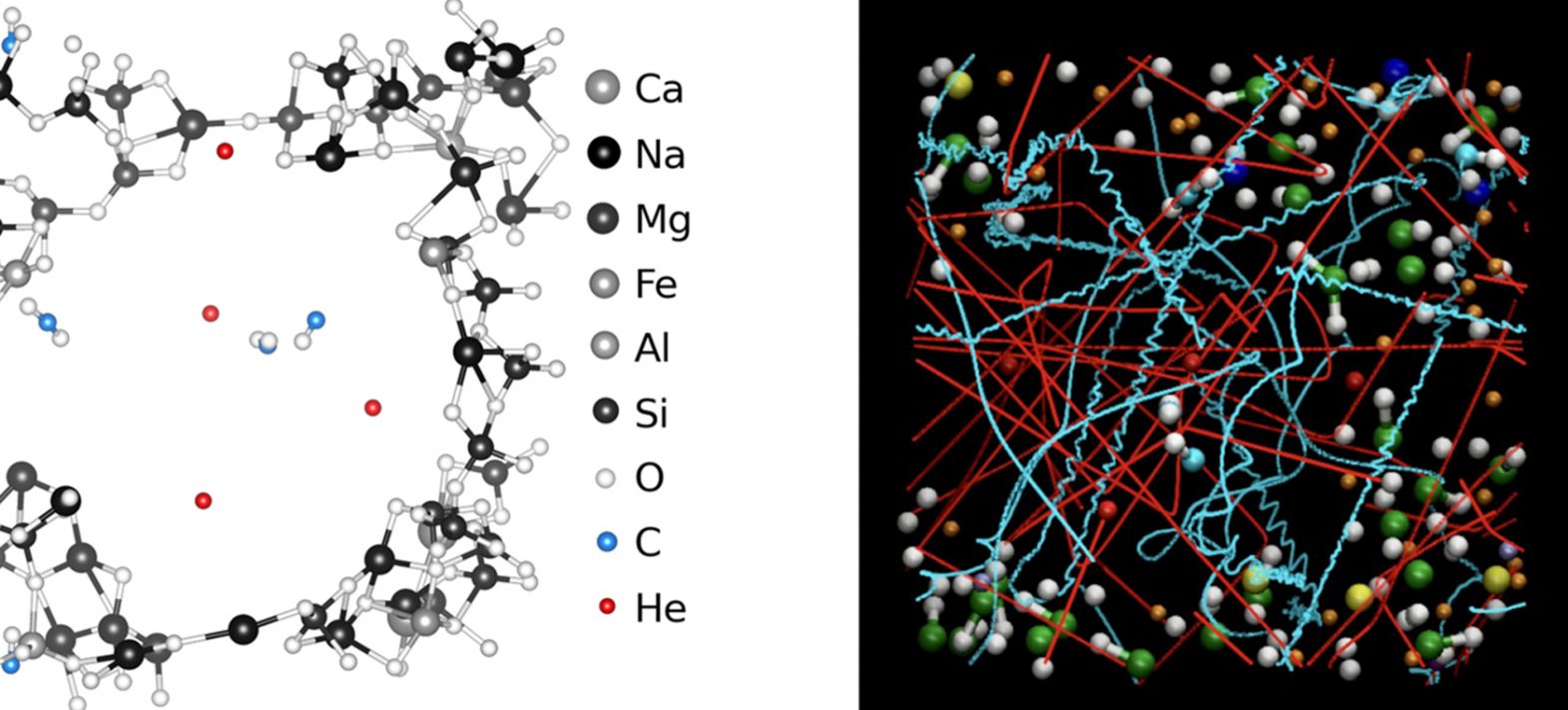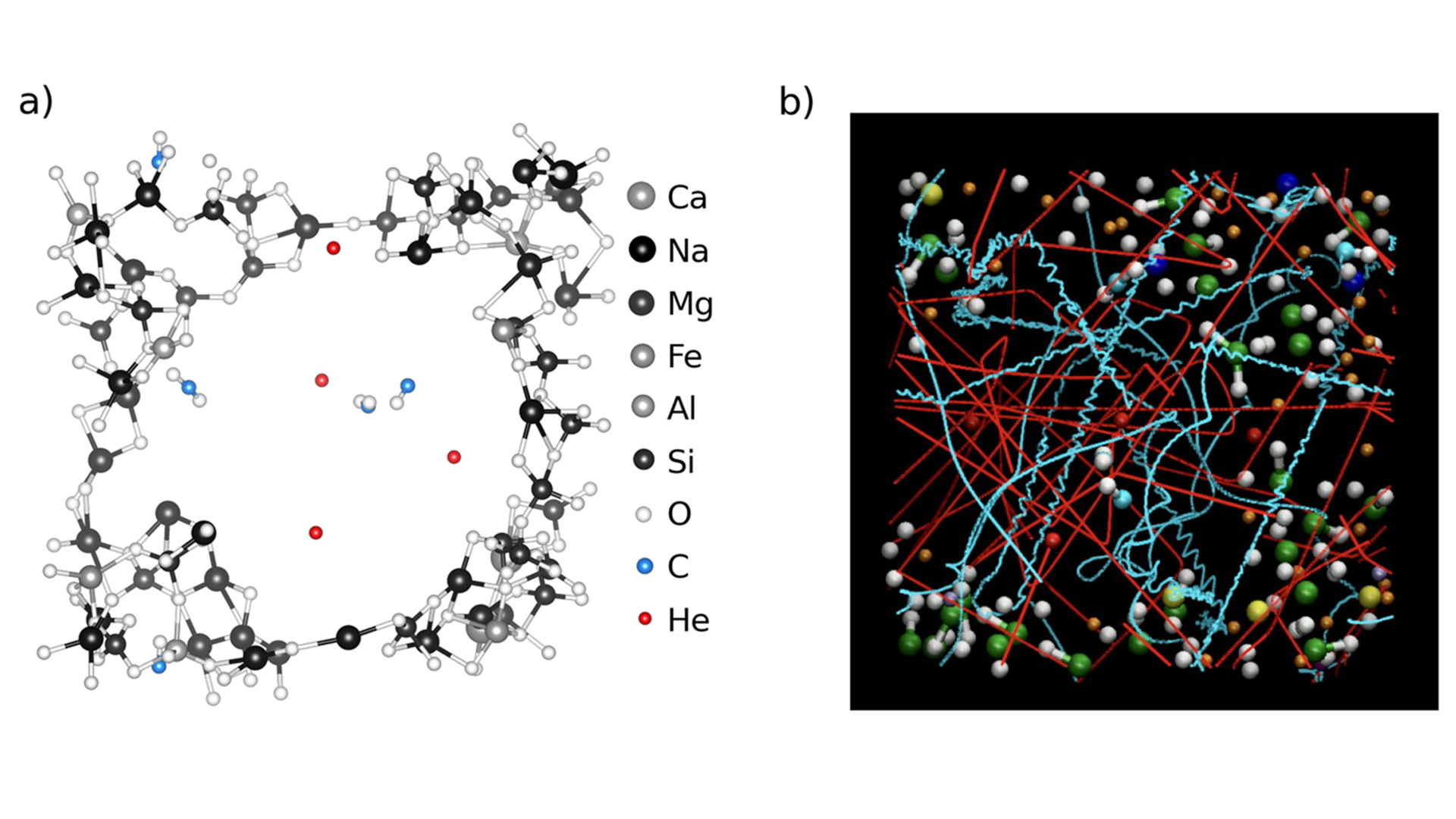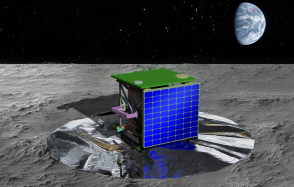Highlight of the importance of CO2 in the degassing of helium in the magma oceans of young planets
Researchers at the IPGP and the University of Oslo have revealed that the loss of volatile elements during the degassing of a magma ocean, in particular carbon and helium, is closely linked to the pressure, temperature and composition of the molten material. Their simulations show that CO2 favours the volatilisation of helium.

Publication date: 31/10/2024
Press, Research
Related teams :
Cosmochemistry, Astrophysics and Experimental Geophysics (CAGE)
Related themes : Earth and Planetary Interiors, Origins









